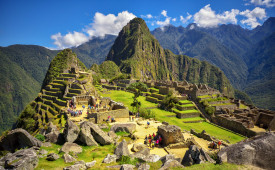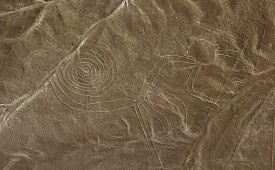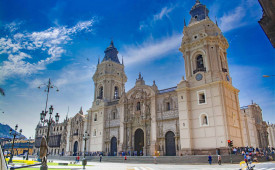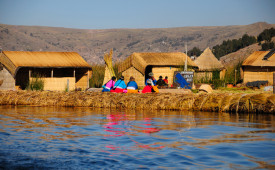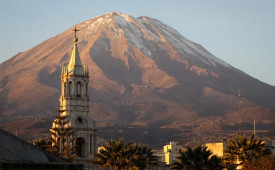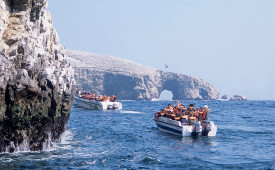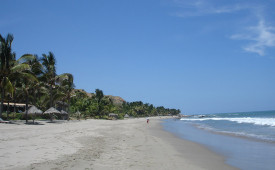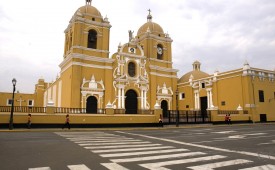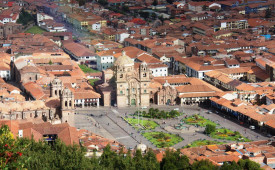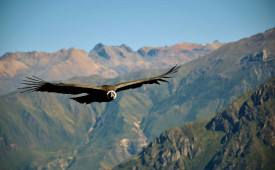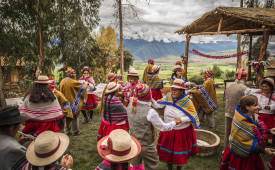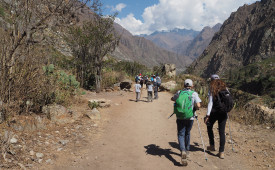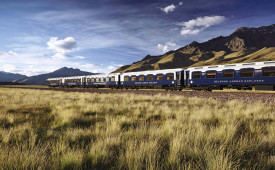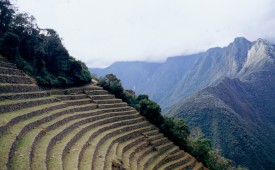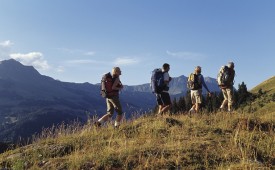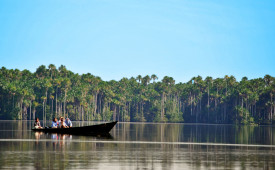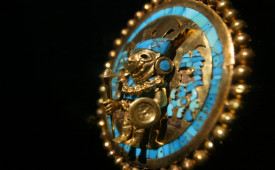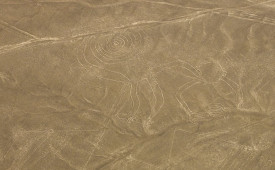-
Latin America
Latin America
- Countries (hidden space)
- Galapagos & Ecuador
- Guatemala
- Mexico
- Panama
- Peru
- Popular Attractions
- Machu Picchu
- Inca Trail
- Easter Island
- Galapagos Islands
- Patagonia
- Rio de Janeiro
- Iguazu Falls
-
Africa
Africa
- Spacer Africa
- South Africa
- Zimbabwe
- Popular Attractions
- Cape Town
- Okavango Delta
- Sossusvlei Dunes
- Victoria Falls
- The Kruger
- The Garden Route
- Masai Mara
-
Asia & Middle East
Asia & Middle East
- Asia
- Borneo (Malaysia)
- Cambodia
- India
- Japan
- Middle East
- Jordan
- Spacer Asia
- Laos
- Sri Lanka
- Uzbekistan
- Vietnam
- Popular Attractions
- Taj Mahal
- Lion Rock (Sigiriya)
- Angkor Wat
- Ha Long Bay
- Kyoto
- Petra
-
Destinations
- Latin America
- Argentina
- Bolivia
- Brazil
- Chile
- Colombia
- Costa Rica
- Galapagos & Ecuador
- Guatemala
- Mexico
- Panama
- Peru
- Asia
- Borneo (Malaysia)
- Cambodia
- India
- Japan
- Laos
- Sri Lanka
- Uzbekistan
- Vietnam
- Middle East
- Jordan
- Southern & East Africa
- Botswana
- Kenya
- Namibia
- South Africa
- Zimbabwe
- Contact Us
-
About
About
Llama Travel provides high quality holidays at the lowest possible prices.
99% recommend us Lower prices - guaranteed Financially protected by ATOL
Travelling to Peru
Travelling in Peru
-
Money
The currency in Peru is the Nuevo Sol. Most items in Peru are priced in Nuevo Soles, but the US dollar is used in some cases. Travellers should take US dollars and not UK sterling, which is not widely accepted in any form. Credit and debit cards can be used in many shops and restaurants, and can also be used to withdraw money from cash machines. These dispense both Nuevo Soles and US dollars. Please note that it can be difficult to use US dollar notes which have even the smallest tear. When changing US dollars into Nuevo Soles, always use a reputable place to change: banks, hotels or exchange shops. Do not change money on the street if you can avoid it.
When travelling to some of the more remote areas (e.g. the jungle, Machu Picchu, Colca Canyon), it is advisable to take cash, as it is difficult to withdraw or change money or change travellers cheques. If taking travellers cheques, a high commission may be charged, especially if changing directly into dollars (this is often less if changing into Nuevo Soles). Some hotels do not change travellers cheques so you may need to change them in a bank or exchange shop, therefore, please bear in mind opening hours.
It is always recommended to inform your bank that you are travelling abroad and to which countries. This will allow them to authorise money withdrawals on your account when you are away. Some banks say that this is not necessary, however we would still recommend contact with your bank as in some cases people have had difficulty in withdrawing currency.
-
Tipping
If you receive good service, you may want to leave a tip. This is completely at your discretion. For general excursions, if you want to tip guides, US$2 – 3 per person per day is usual if you are in a group. Approximately US$1 is usual for drivers or transfer staff. As tipping is not necessarily normal in restaurants, please give any tips directly to the person you would like to tip to ensure that they get it.
For the four-day Inca Trail, tipping is normal as the guides, porters and cooks usually provide an excellent service. We recommend tipping around US$40 -60 per trekker for the whole trail, depending on the size of the group. For small groups (fewer than 6 trekkers), tipping per trekker is usually higher than for larger groups (more than 10 trekkers), as the number of support staff per trekker is higher.
For the Short Inca Trail, around US$15-20 is normal for the two-day excursion.
If you would like to tip your guide in the jungle, approximately US$10 per person per day is recommended.
-
Food
Lima is the culinary capital of Peru, and possibly of all South America, and the city is full of good places to eat, ranging from the cheap and cheerful, to among the best, and most expensive, in all the Americas. Many serve traditional Peruvian food, as well as the standard international restaurants. Seafood is among the best choices. There are many restaurants serving good value set lunches, especially around Parque Kennedy in Miraflores. Most of the best restaurants are in Miraflores, San Isidro and Barranco.
Most of the restaurants in the centre of Cusco offer a range of international and Peruvian food, and cater for tourists as well as locals. Many local dishes are based on highland crops, such as potatoes and quinoa, and there are many excellent soups. You may want to try an ancient Inca delicacy – guinea pig! This is usually served in picanterias, which are restaurants specializing in local dishes. Prices in restaurants aimed at tourists generally range from around $10 - $20, although even upmarket restaurants often have good value set lunches.
The hotels on the shore of Lake Titicaca offer a good selection of highland and international food. Additionally, there is a wide range of restaurants in the city of Puno, especially on Jr. Lima near the main square.
Arequipa has a strong culinary tradition, and there is a wide variety of local dishes available. Soups are particularly popular. Additionally, Rocoto Relleno (stuffed spicy pepper) is another local favourite well worth trying, although make sure you specify if you do not want it too spicy. Most picanterías (restaurants serving traditional Arequipeño food) are outside of the centre, and a taxi should be taken. There are several restaurants on the balconies in the Plaza de Armas giving fine views of the Plaza.
-
Budgeting for your stay
All hotels include breakfast, and other meals are included on some tours and excursions. However, generally, you will need to arrange your own lunches and dinners. We recommend budgeting approximately US$15 – 20 for a meal, although many restaurants have excellent value set lunches for less than this. Hotel restaurants, especially in superior hotels, can be more expensive. Additionally, there are many upmarket restaurants, particularly in Lima and Cusco, where you should expect to pay up to US$50 per person, or possibly more. However, these still offer excellent value for money compared to equivalent restaurants in the UK, and we find that many of our customers treat themselves to a special meal in Lima at the end of their holiday.
Bar prices are similar to the UK and a small bottle of beer usually costs around US$2-3 in a hotel bar. Wine, particularly imported wine, can be quite expensive.
We find that many people take advantage of the excellent crafts markets in and around Cusco, so please allow for this if you are likely to buy such items. The prices vary significantly depending on the quality of the items, and detailed crafts can be expensive.
There are also many excellent shopping opportunities in the cities, with excellent alpaca clothing and jewellery shops. These generally take credit cards, although a discount is sometimes possible for cash payments.
-
What to pack - Peru
In Cusco and the highlands of Peru, daytime temperatures tend to be around 20 degrees centigrade. However, night time temperatures drop rapidly, sometimes to below freezing. The coast can be warmer, although night temperatures can be cool, especially between May and September. The jungle is usually hot and humid, although between May and September there are sometimes cold fronts, and temperatures can drop to 5 degrees. Therefore, a variety of clothing, suitable for warm and cold weather is advisable. Rain is possible throughout the year, so waterproofs are also recommended. Lip balm is recommended and insect repellent is advisable, especially for jungle areas and around Machu Picchu.
Electricity in Peru is 220V, and plugs are of the flat two-pin type.
It is a legal requirement to carry identity documentation when in Peru. Therefore, having a copy of your passport with you at all times is recommended.
Please bring any medication you may require from the UK.
You require your passport when visiting Machu Picchu. Please make sure you bring this, otherwise you may not be able to enter the site.
If you are walking the Inca Trail or the Short Inca Trail, please take the passport that you had when you initially booked if this has changed since booking. Otherwise you will not be permitted to start the trail.

